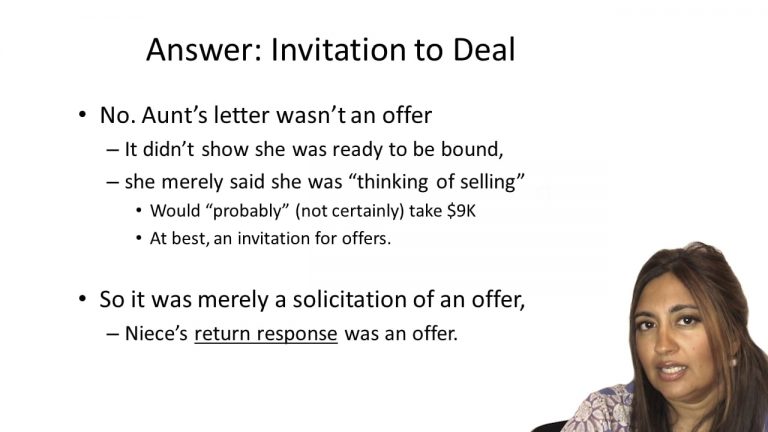SmartBrief
Confirm favorite deletion?
Contracts Keyed to Dawson
Micro Capital Investors, Inc. v. Broyhill Furniture Industries, Inc.
Citation:
728 S.E.2d 376.Facts
Defendant owned the Harper Plant and Harper Warehouse. The Plant and Warehouse shared a wall and also shared a heating system. The heating system consisted of two wood-burning boilers that used wood waste from the furniture manufacturing process. The boilers sent steam to radiators in the Warehouse and also produced steam energy to run machinery and equipment in the Plant. In 2005, The Woodsmiths Company attempted to purchase the Plant, but it could not obtain financing. Woodsmiths then worked with two investors, Whittier Group, Inc. and the plaintiff, to purchase the Plant as well as the machinery and equipment. The plaintiff purchased the property while Whittier purchased the machinery and the equipment. The Plant, machinery, and equipment were then leased to Woodsmiths.
In November 2005, the parties executed an Amendment to the Agreement of Sale. Section 10 of the Agreement provided that the Warehouse did not contain its own heating system and would need to be serviced with sufficient heat from the heating system in the Plant. It further provided that “Buyer may charge Seller for one-fourth (1/4th) the total heating bill for the Premises and the Leased Warehouse…” Defendant was not charged for heat until February 2009 when Woodsmiths sent a letter to defendant seeking compensation of $384,342. Defendant paid $50,000 and offered to pay more when it received proof that heat was actually supplied to the Warehouse. In October 2009, Woodsmiths sent another letter to defendant with an updated cost breakdown showing the amount owed as $459,968. Defendant again refused to pay due to insufficient documentation. In December 2009, plaintiff filed suit against defendant alleging it had invoiced defendant $474,302 for heating costs.
Only StudyBuddy Pro offers the complete Case Brief Anatomy*
Access the most important case brief elements for optimal case understanding.
*Case Brief Anatomy includes: Brief Prologue, Complete Case Brief, Brief Epilogue
- The Brief Prologue provides necessary case brief introductory information and includes:
Topic:
Identifies the topic of law and where this case fits within your course outline.Parties:
Identifies the cast of characters involved in the case.Procedural Posture & History:
Shares the case history with how lower courts have ruled on the matter.Case Key Terms, Acts, Doctrines, etc.:
A case specific Legal Term Dictionary.Case Doctrines, Acts, Statutes, Amendments and Treatises:
Identifies and Defines Legal Authority used in this case.
- The Case Brief is the complete case summarized and authored in the traditional Law School I.R.A.C. format. The Pro case brief includes:
Brief Facts:
A Synopsis of the Facts of the case.Rule of Law:
Identifies the Legal Principle the Court used in deciding the case.Facts:
What are the factual circumstances that gave rise to the civil or criminal case? What is the relationship of the Parties that are involved in the case.Issue(s):
Lists the Questions of Law that are raised by the Facts of the case.Holding:
Shares the Court's answer to the legal questions raised in the issue.Concurring / Dissenting Opinions:
Includes valuable concurring or dissenting opinions and their key points.Reasoning and Analysis:
Identifies the chain of argument(s) which led the judges to rule as they did.
- The Brief Prologue closes the case brief with important forward-looking discussion and includes:
Policy:
Identifies the Policy if any that has been established by the case.Court Direction:
Shares where the Court went from here for this case.
Topic Resources
Topic Videos
 11m 57s
11m 57s 19m 28s
19m 28s 5m 13s
5m 13s